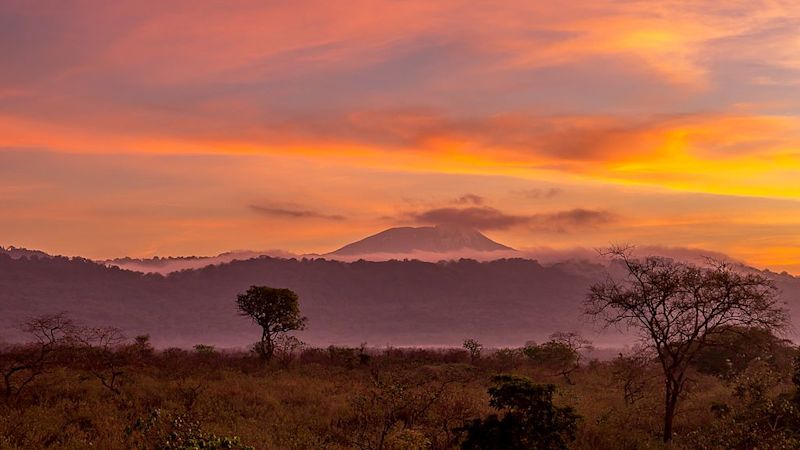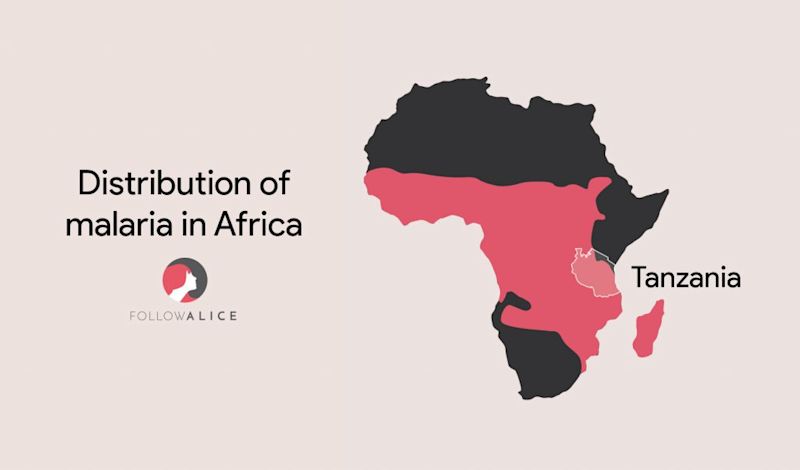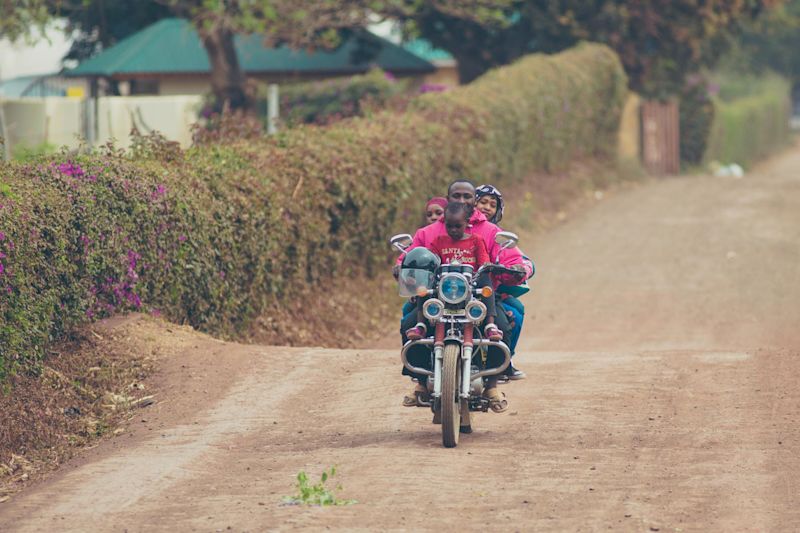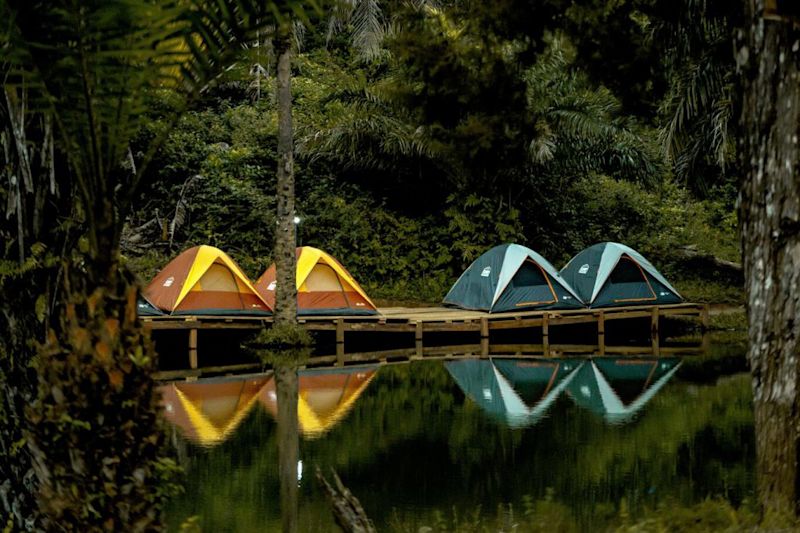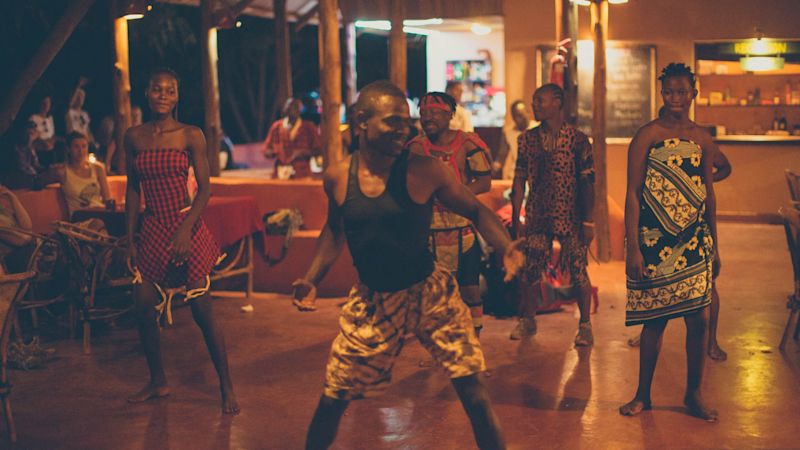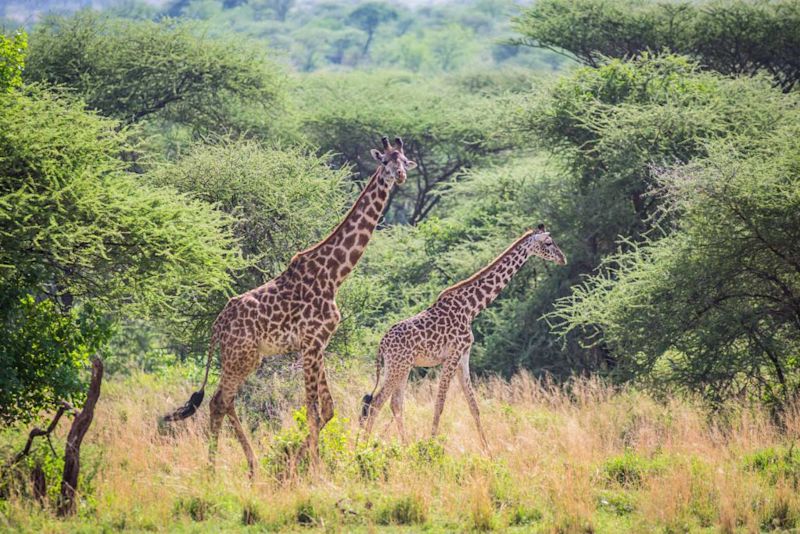Every overseas trip requires some research and admin, but they don’t have to be a headache! We've put together a list of the commonly asked FAQs about travel to and within Tanzania, and our answers to them, to make life simple for you. 🙂
How do I apply for a Tanzanian visa?
Purchasing your visa upon arrival is standard.
The tourist visa is valid for 90 days and the cost is $50 for foreigners, $100 for US citizens. That said, roughly 50 countries from around the world are exempt, including South Africa, India, Hong Kong, Singapore and Brazil. For the full list of exemptions, please go here.
For those in need of a visa, note that you'll be given an entry form on the plane to fill in. When you land, an immigration officer will look over your passport and entry card, then ask about your accommodation and departure date, before sending you to the cashier's window.
Once the cashier receives your passport and payment, you'll be asked to wait in a designated area. After processing, they'll call your name, return your passport (visa stamp in place), and provide you with a receipt.
Your new tourist visa is good for one year, but you can only stay in the country for 90 days at a time. US citizens will be issued with a multiple-entry visa that lasts a full year.
Mt Meru rising above Arusha National Park in northern Tanzania
What vaccinations do I need for Tanzania?
There are no mandatory vaccinations for entering Tanzania. The only exception is proof of a yellow fever vaccination if you're coming from a country with a known yellow fever epidemic.
That said, to ensure your health whilst travelling abroad you should have the following vaccinations: typhoid, TDP, varicella (unless you've had chicken pox), and Hepatitis A and B. If you're an adventurous eater, you might want to add cholera to the list.
Tanzania is in a malaria zone, as shown in the map below. That said, malaria isn't an issue in all parts of the country. But you might want to consider using anti-malaria medication. If so, please order enough to be able to continue taking them seven days after returning home.
Map showing extent of malaria in Africa
All good accommodations where mosquitoes are an issue provide you with netting around your bed.
Finally, your doctor may recommend a rabies shot – a series of two doses over a four-week period – if you plan on caving or working with animals.
Insect repellent and sunscreen
Please bring enough insect repellent and sunscreen for the trip. You're heading to a country just south of the Equator, and so it can get very hot. It's not easy to find insect repellent and sunscreen in Tanzania and, when you do, they're pricey.
Whilst on safari, you need to protect yourself from tsetse flies. These flies can transmit African trypanosomiasis, also known as sleeping sickness. It's best to wear light-colour clothing; tsetse flies are attracted to dark colours, especially shades of blue. Unfortunately products containing DEET usually don't discourage tsetse flies from biting, so try to find a natural insect repellent containing eucalyptus oil.
A lil' red colobus monkey in Jozani Forest, Zanzibar
What currency do they use in Tanzania?
The official currency in Tanzania is the Tanzanian shilling (TZS). As of November 2023, €1 equates to roughly 2,656 TSh, and US$1 buys you 2,498 TSh.
It's illegal to purchase Tanzanian shillings outside of the country.
There are ATMs in most cities and towns, but these can be unreliable. Don't expect to find ATMs in national parks. Also, note that there's usually a withdrawal limit of TZS 400,000 (around $170) per transaction at ATMs, and please note that the withdrawal fee on foreign cards can be hefty.
Most tourist areas accept US dollars as payment (in fact, dollars are sometimes even preferred over the local currency). But please ensure your US dollars were issued after 2006, and in good condition, otherwise they won't be accepted. Tipping in dollars is also welcomed.
If you want to exchange any Tanzanian shillings back into dollars at the end of your trip, this will need to be done before you leave the country.
Tipping in Tanzania
Finally, please remember to bring cash along with you to tip when climbing Kilimanjaro or going on safari.
Tipping on Kilimanjaro is expected, and so you should factor this into your budget before departing, as they can add up, especially on longer trips.
It's also customary to tip your safari guide – plan on $40 per car per day (so the more of you there are, the cheaper your contribution to the total tipping amount). You only tip at the end of a trip.
In fact, it's worth noting that Tanzania has a strong tipping culture in general. There's usually a communal tip box in all hotels and lodges, and the money is evenly distributed among staff.
Which airport should I use in Tanzania?
The three international airports in Tanzania are in Dar es Salaam, Arusha and Zanzibar. There are many other airports, as well as airstrips, that one can use for travel within the country. Notably, big parks like the Serengeti have multiple airstrips.
Julius Nyerere International Airport (DAR) in Dar es Salaam
This airport is on the east coast. It's the biggest and busiest airport and you may need to fly here and then catch a connection to one of the smaller airports, even if they international status.
This airport makes the most sense if you're heading to west, central or southern Tanzania.
Kilimanjaro International Airport (JRO) near Arusha
JRO is just outside of Arusha, the main city of northern Tanzania. This is the ideal airport if you're heading on a Northern Circuit safari or a Kilimanjaro climb. As you can see in the map below, it's very close to Moshi, the closest town to Kilimanjaro National Park.
JRO is also the closest major airport to the large game reserves of the north like Serengeti National Park. That said, Tanzania is a big country and it will take a day to drive from JRO to the Serengeti, for instance, especially as much of the drive is on dirt roads that require four-wheel drive.
You might like to consider flying to one of the various airstrips across northern Tanzania to reduce travel times. This isn't, however, the most eco-conscious travel choice.
Zanzibar Abeid Amani Karume Airport (ZNZ) in Zanzibar
If you're heading to the Zanzibar archipelago, then you want to fly into ZNZ on Unguja Island.
Zanzibar is famous for its beautiful, warm-water beaches, unique cultural history, beautiful game parks and wildlife, and water sports. We find that many like to fly there from Kilimanjaro International Airport after having completed a Kilimanjaro climb in order to relax and unwind after their epic trek.
Fly into Kenya and drive south
Note that you could also choose to fly into Jomo Kenyatta International Airport (NBO) in Nairobi, Kenya, and then drive southwards for 800 km to reach the Tanzania border. This works well for those wanting to visit both Kenya and Tanzania.
What is public transport like?
There are a number of ways to get around town in Tanzania. The primary ways of navigating the cities are:
- dala-dala (small local bus)
- tuk-tuk
- boda-boda (motorcycle taxi)
The dala-dala is the least expensive way to travel around town – it will cost you around 500 TSh (US$0.22). But be aware that you may be sharing the ride with non-caged live chickens under the backseat. It's also important to make sure you have the exact amount, or give a small bill, as you likely won't get change. Hiring a tuk-tuk or boda-boda will cost you about 4,000 TSh (US$1.60) for the same distance as the dala-dala.
Travelling by bus throughout the country is not scary and it's a fantastic way to see the countryside. It's an 11-hour road trip from Dar es Salaam, the capital city, to Arusha in the north. This includes a 30-minute lunch stop. The cost is a mere 36,000 TSh (US$14.40).
Certain establishments close to airports often offer free airport transfers.
A very popular local mode of transportation: the motorcycle!
Is it safe to travel in Tanzania?
Overall, Tanzania is a safe country for visitors.
That said, you should, of course, take the usual precautions. We're talking avoiding isolated areas, like empty stretches of beach, for instance. If you plan to go strolling along the beachfront, away from security, leave your valuables, money and cellphone in your hotel room. To capture the stunning views, bring along a cheap camera.
Note that in certain areas hawkers can be persistent to the point of making you feel harassed. But they don't actually pose any danger.
Be wary of 'flycatchers'
Also watch out for the 'flycatchers'. These are men that act like they're your new best friend, ready to save the day. The flycatcher's goal is to bring you to excursion companies so that hopefully they'll be hired permanently by the company (and maybe receive a tip from you too).
These men usually operate in a group. If you say no, they will follow you. When they see another opportunity, a partner will approach you.
Of course there are honest and dishonest flycatchers, and it's difficult to know which is which, especially as a foreigner. If you're travelling with a tour guide, you can just defer to them, and they'll look after you.
This little camp setup is in beautiful Muheza, in the NE corner of Tanzania
Dress and behave appropriately for Tanzania
If you're visiting Tanzania with your significant other, please be aware that public displays of affection aren't acceptable outside of accommodations. Also, homosexuality is illegal and is punishable by a harsh prison sentence.
Women should generally avoid wearing above-the-knee shorts or shirts that display the collarbone and shoulders outside of accommodations. That said, the most touristy places are usually more relaxed about such things, and in Zanzibar swimwear isn't an issue. Also, you can wear shorts and camisole-type tops if you're on safari or trekking Mt Kilimanjaro, as in such places it's common and accepted.
Safety on Kilimanjaro
Safety is also extremely important when considering a Kilimanjaro climb. Being serious about climbing Kilimanjaro also means you have to be serious about Kilimanjaro safety and learn about altitude sickness.
What languages are spoken?
There are over 120 languages spoken throughout Tanzania!
After the country gained independence in 1961, the Government decided that an official language must be chosen in order to strengthen national unity. They chose Swahili, a language used throughout eastern Africa as well as parts of central Africa.
Swahili can be picked up pretty easily. Here are some helpful Swahili phrases. Get practising!
- Hello – Jambo (pronounced 'jumbo')
- Thanks very much – Asante sana (pronounced 'a-sun-tay sun')
- You're welcome – Karibu (pronounced 'kuh-ree-boo')
- Goodbye – Kwaheri (pronounced 'kwa-heh-ree')
There are many types of traditional Tanzanian dances
Any tips for using my gadgets in Tanzania?
A handful of quick tips on using your smartphone and camera in Tanzania ...
1. Using your mobile phone
Most tourist accommodations have free Wi-Fi, though when on safari this is often only available in the communal area, not your bedroom. Note too that when the Wi-Fi stops working, it can take days before it's fixed if you're somewhere rural.
You can buy a cheap SIM card at the airport, but it's a bit of a hassle and we recommend that you instead use an eSIM.
2. Be wary of taking prohibited photos
Tanzania has many fantastic photo opportunities, but you're strictly prohibited from shooting snaps of military installations and personnel, hospitals, schools, bridges, industrial sites, and airports.
Before you take that picture, ensure there's nothing in the photograph that could get you into trouble with the authorities.
Also, when travelling remotely, please be sensitive towards the local culture. Some of the most remote Maasai communities in the north, for instance, aren't overly familiar with photos and you should always request permission before taking a snap of them.
You can, of course, photograph the wildlife to your heart's content!
3. Check if you should bring an adapter
Northern Tanzania uses plug type G, as shown below, and the standard voltage is 230 V.
Plug type G
You may need to bring along an international adapter to use any appliances and gadgets you've brought with you from home. (Don't expect to find a hairdryer in your room as you might be used to in other countries – if this is a must for you, please travel with your own.)
Finally, note that if you're going to climb Kilimanjaro or Meru, you can safely leave items like an adapter at your hotel so you don't have to carry them pointlessly up a mountain.


